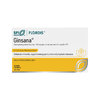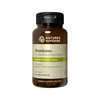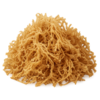Newtons Pharmacy Herbs & Extracts Medicinal Teas Ginseng Panax Root Cert. Organic
Ginseng Panax Root Cert. Organic
(size: 1kg)In stock
Selection: Ginseng Panax Root Cert. Organic
| Product no. | size | Status | Price | |
|---|---|---|---|---|
| Ginseng Korean Root 70g | 70g |
|
$36.30 / pack(s) * |
|
| Ginseng Korean Root 1kg | 1kg |
|
$382.00 / pack(s) * |
|
*
Inc GST
Accessories
| Product | Note | Status | Price | ||
|---|---|---|---|---|---|
|
|
From $36.40 / bottle(s) * | |||
|
*
Display accessory details
Inc GST
|
|||||
We also recommend
*
Inc GST
Customers who bought this product also bought
|
|
|
|
*
Inc GST
Browse this category: Dried Herbs & Teas
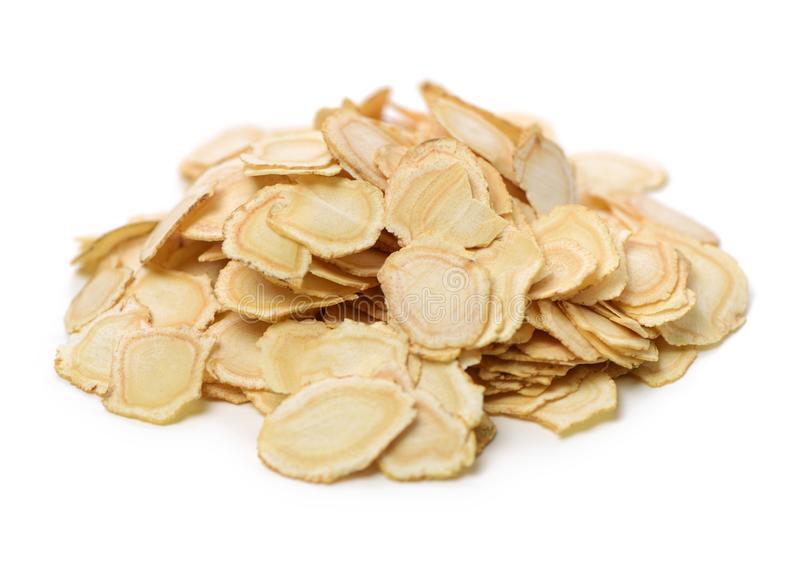
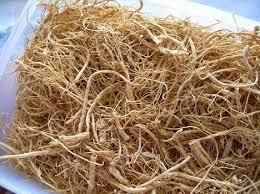
 Rhodiola Extract
Rhodiola Extract